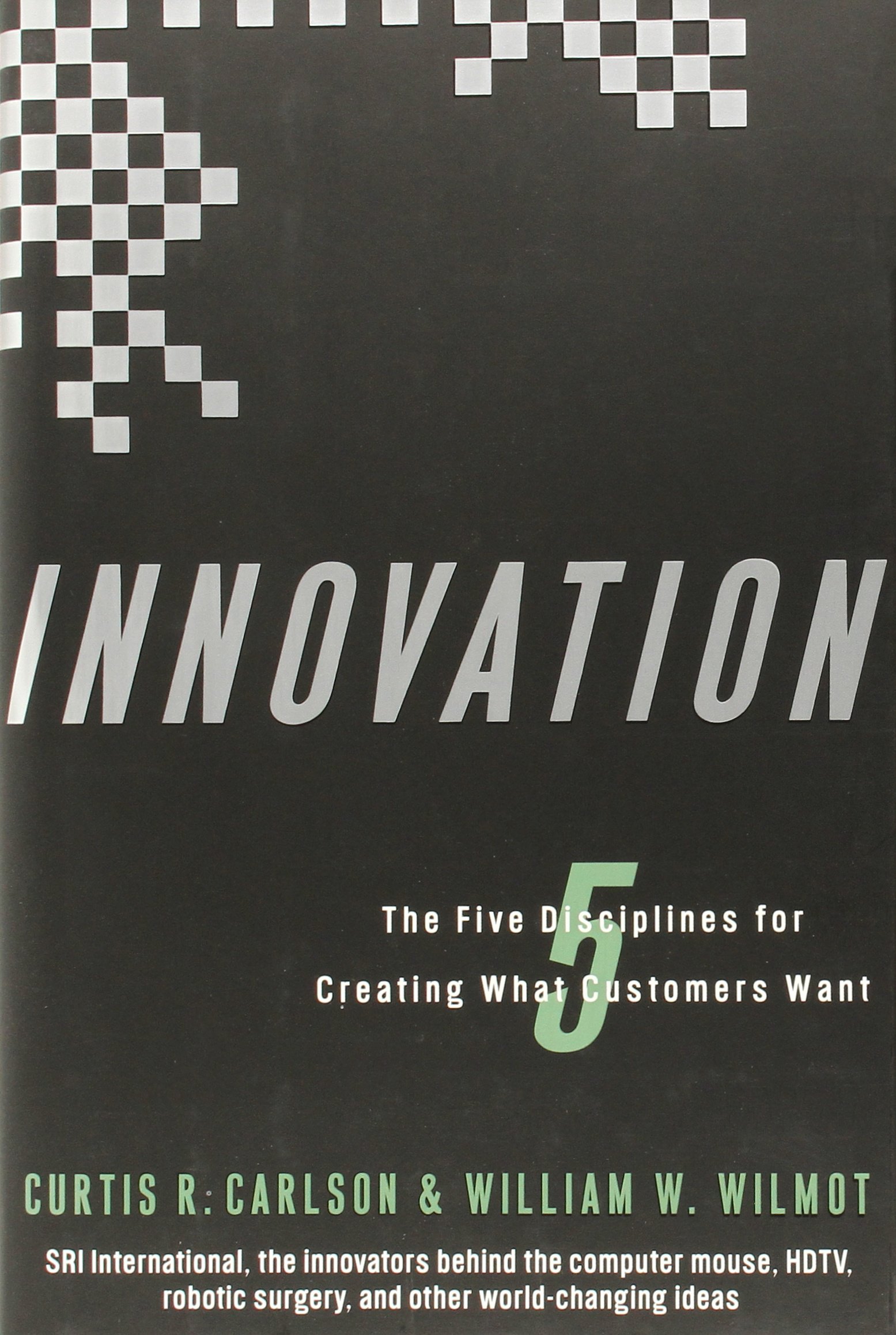One approach to innovation: Stanford Research Institute´s Five Disciplines of Innovation (5 DOI) and Value Creation Process explained

Context
As I wrote in Business Toolkits for Innovation, Management, and Solving Problems, this article is part of a series where I will try to summarize and explain the "Business Toolkits" I have used along with some of my personal notes.
First I should start by defining what Innovation is for SRI, as there are many different definitions for this concept.
For SRI Innovation means:
The creation and delivery of new customer value in the marketplace with a sustainable business model for the enterprise.
It is also important to highlight that for SRI Innovation is a process, not an event.
(Innovation) is a disciplined, continuous improvement process with a focus on creating customer value.
The 5 disciplines of innovation
So, what are the 5 disciplines of Innovation?
Discipline 1: Need
You need to know who the customer is and why would the customer take out their wallet and give you their money.
If you are trying to innovate (bring something new to the marketplace), you need to know who the customer is and why is the customer compelled to solve that problem now. This means focusing on important market need,* not an interesting one.*
There should be a sense of urgency to solve a particular need.
Discipline 2: Value
You need to be able to explain yourself and your value proposition to the one you want to sell it to (investor, customer, team, etc..)
How to create a value proposition (Value Creation) There is a structure and a process for value creation.
NABC
Need Approach Benefits Competition
Value Creation Forum process
This is a lot like 6 Thinking hats, from Edward de Bono.
When one gives a PITCH, presentation or similar and is expecting SMART Feedback. (We will get back to it later.)
For the feedback to be valuable, it has to be structured and understood. For this the following roles are needed, according to SRI:
Green Hat: only good
Red Hat: What would I like to see more of.
Eyes of the customer: Customers perspective
White Hats: What would a funder need to hear?
Blue Hat: Any other feedback
Discipline 3: Champion
You need to identify and encourage champions.
Even if you have that great story, for an innovation to get into the market someone has to be the champion. This champion has to have passion and drive.
You recognize a champion by their behavior. They are extra-energetic people and are able to bend the rules a little bit to make the time.
Discipline 4: Team
If your are going to have a successful innovation process, on a repeated basis, you need to have programs and processes to form teams and to encourage teams to work together.
Even if you have a champion, they can not do everything by themselves. They need a team with the right
Level of expertise matches the lever of ambition.
Discipline 5: Organization
An innovation needs the support of the organization.
Organizational alignment. The organization should have procedures in place to support innovation and not squash it. For example, objections because a new Idea might threaten an existing business.
These disciplines are thought as being multiplicative. This means that if one of them is 0 (zero) then your odds of success is 0.
NABC
Here I find it important to highlight that this innovation that might put another business inside your organization out of business is most likely also being developed and discusses in other organizations. With this I mean that
